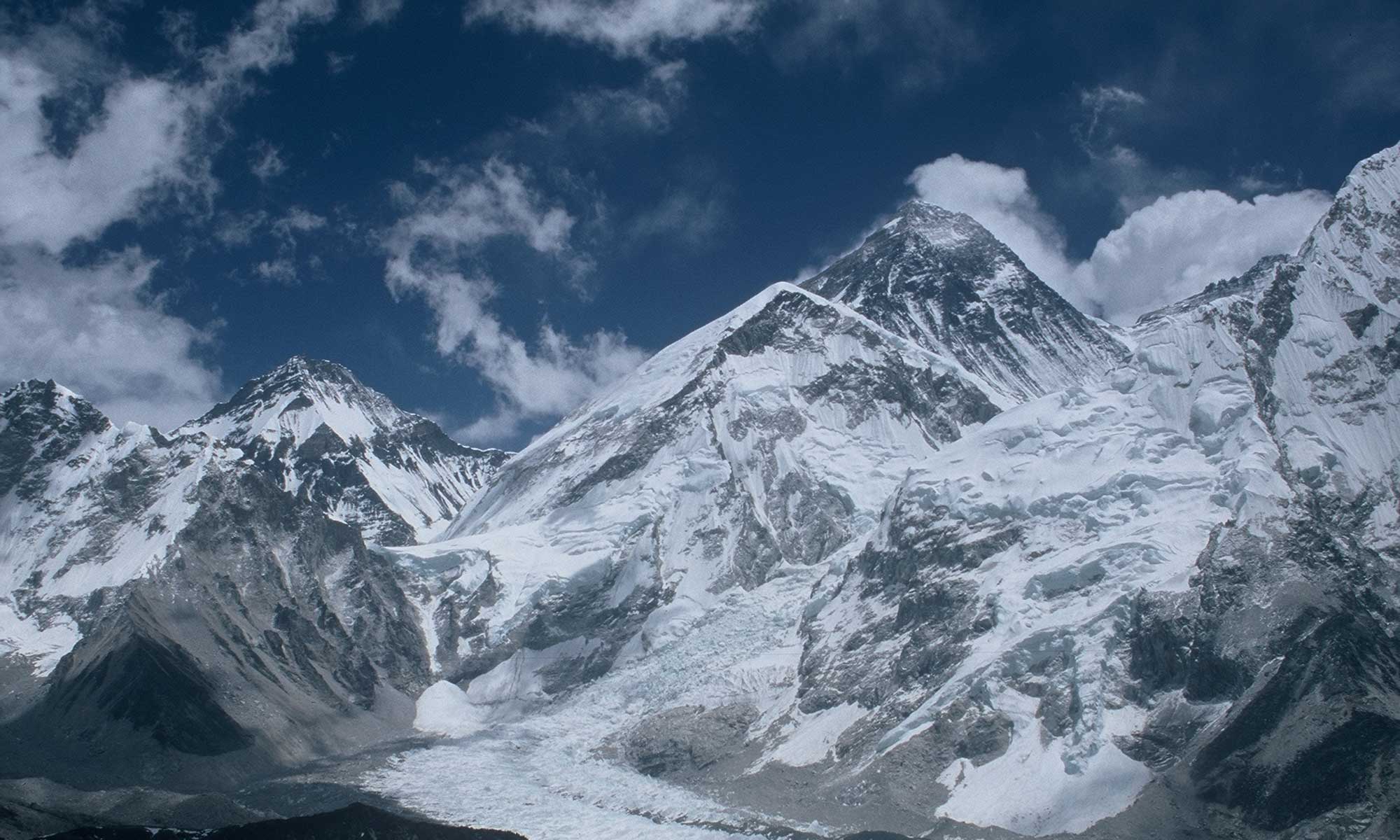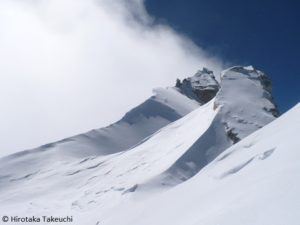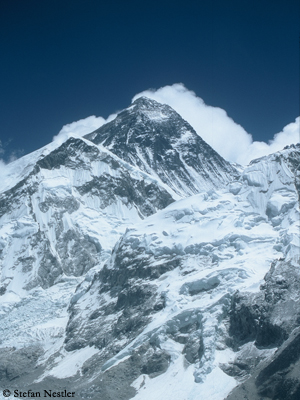Mount Everest has never been a fashionable mountain in the post-monsoon season. But it has rarely been as lonely as it is this fall on the highest mountain on earth. The Nepalese Ministry of Tourism has not issued any permits for Everest this season (as of September 14). Demand equals zero. Instead, mainly commercial expeditions are flocking to the 8,163-meter-high Manaslu in western Nepal. 171 foreign climbers from 17 teams received permits. If you add the local staff, Manaslu Base Camp at around 4,800 meters is again populated by around 400 people. The first high camps have also already been set up.
To the real summit?
Because in recent years the Chinese have severely restricted access to Cho Oyu in the fall season and made it extremely expensive, or closed the mountain completely to foreigners – as they did last year and are doing now – Manaslu has become the “Everest of the post-monsoon” in terms of demand. This is also reflected in the number of summit successes in the fall season: 326 (in 2017), 271 (in 2018), 354 (in 2019) and even in 2020 – despite the Corona pandemic – 56 ascents.
Only very few really reached the highest point, but made do with one of the somewhat lower pre-summits – the chronicler Eberhard Jurgalski and others proved in 2019. “In the recent years, all the climbers returned back from fore summit claiming the summit,” wrote Mingma Gyalje Sherpa, head of the Nepalese expedition operator Imagine Nepal, who wants to take his clients to the “real” summit this fall.
“Soriagiri”
On the eight-thousander Dhaulagiri, 40 foreign men and women from four teams are trying their hand this season, including once again “Mr. Dhaulagiri”, Carlos Soria. For the twelfth time now (as he himself says – according to Himalayan Database, it is even the 13th time since 1998), the now 82-year-old Spaniard is attempting to reach the 8,167-meter summit. It would be his 13th of 14 eight-thousanders.
On Kangchenjunga (8,586 m), the third highest mountain on earth, a small commercial team with four foreign climbers is attempting this season.
So far 287 Everest summit successes in fall
The last summit success in fall on Mount Everest was eleven years ago: on 15 October 2010, the American polar adventurer Eric Larsen reached the highest point at 8,849 meters with five Sherpas. Last time in fall, four small teams attempted Everest in 2019, the furthest up was the Spaniard Kilian Jornet, who was climbing without bottled oxygen and turned back at 8,300 meters – because of too great danger of avalanches.
The mountaineering chronicle Himalayan Database lists 287 Everest summit successes in autumn so far – 31 of them without bottled oxygen. Among them was Hans Engl, in October 1978 the first German without breathing mask on the highest point on earth and after Reinhold Messner and Peter Habeler the third person to achieve this feat.
Ralf Dujmovits – the first and so far only German on all 14 eight-thousanders – scaled Everest in fall 1992. Because of the bad weather prevailing at the time, he used bottled oxygen above the South Col at almost 8,000 meters. It was to remain the only eight-thousander on whose summit he wore a breathing mask. Eight times later, Ralf failed in attempts to summit Everest without bottled oxygen.
Hardly any ambitious mountaineers
Four years after his summit success, Dujmovits was once again on the highest of all mountains in fall: in 1996, with a commercial team. None of the climbers reached the summit. He found his two fall expeditions to Everest “very hard,” the 59-year-old recalls: “The temperatures in the post-monsoon were much lower then than in spring, and the wind was thus much more dangerous. In addition, every few years in fall, low-pressure areas pass through, often dumping immense amounts of snow. This settles very slowly with the low temperatures at altitude.” Ultimately, he said, this has led to commercial operators only attempting Everest in the spring. “And in the slipstream of this – because the normal or descent route was no longer completely secured – hardly any ambitious climbers went there.”
However, this would be an opportunity for top mountaineers to implement their new projects on a lonely Everest in the fall season. A look at the annals shows that the often difficult weather conditions in the post-monsoon do not preclude groundbreaking achievements. Thus, a handful of routes on Everest were opened in the fall season. One need only recall the first ascents of the Southwest Face by the British Doug Scott and Dougal Haston in October 1975 and of the East Face by the Americans Carlos Buhler, Kim Momb and Louis Reichardt in October 1983.
“No one wants to do the trail-breaking”
Might climate change soon be causing different conditions in fall than in the past? “The weather is warmer now, the jets are often further north during the season than they used to be, and so conditions have probably improved,” Ralf Dujmovits answers me. “However, everything is in a very fast state of flux, and thus general predictions are very difficult to make. This does little to change the main problem of the post-monsoon season, which is that late monsoon snowfalls settle slowly due to the cold at extreme altitude. Thus the avalanche danger remains – and no one wants to do the trail-breaking.”




